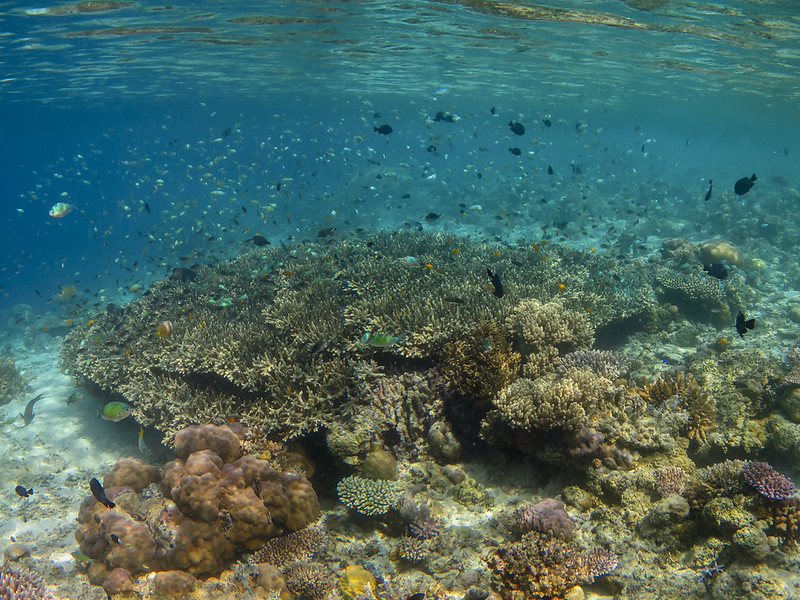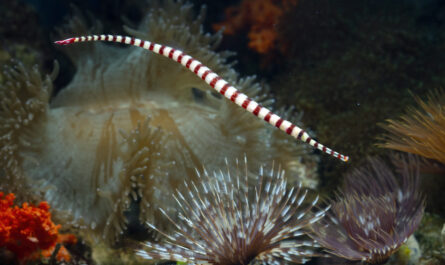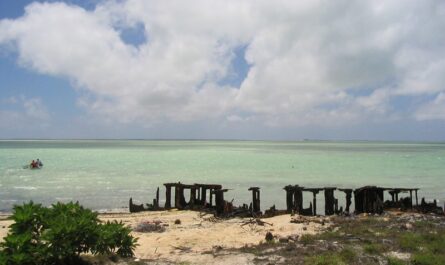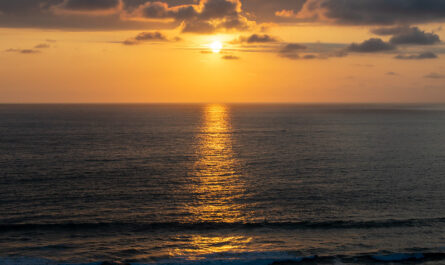The Coral Triangle is a vast and extraordinary marine region spanning over 6 million square kilometers and encompassing parts of six countries: Indonesia, the Philippines, Malaysia, Papua New Guinea, the Solomon Islands, and Timor-Leste. Often referred to as the “Amazon of the Seas,” it is home to the highest marine biodiversity in the world and supports millions of people who depend on its resources for food, livelihoods, and cultural heritage.
This article takes you on an in-depth exploration of the Coral Triangle, examining its geography, biodiversity, cultural significance, environmental challenges, and the critical conservation efforts aimed at preserving this vital ecological treasure.
1. The Geographic Scope of the Coral Triangle
A Unique Marine Region
The Coral Triangle is bounded by the Pacific and Indian Oceans, with its boundaries defined by the areas containing the highest levels of coral biodiversity. This includes over 600 species of reef-building corals—75% of all known coral species in the world.
The Six Nations of the Coral Triangle
- Indonesia: With its sprawling archipelago, Indonesia harbors some of the Coral Triangle’s richest coral reefs and marine ecosystems.
- The Philippines: Known for its vast array of coral species and abundant marine life, including whale sharks and dugongs.
- Malaysia: Sabah’s reefs, particularly in Sipadan, are world-renowned for their beauty and diversity.
- Papua New Guinea: A hotspot for cultural and marine biodiversity, with pristine reefs.
- Solomon Islands: Characterized by intact marine ecosystems and significant cultural connections to the ocean.
- Timor-Leste: One of the lesser-known areas, with rapidly developing marine research and conservation initiatives.
2. Biodiversity in the Coral Triangle
Coral Reefs
The Coral Triangle is home to the most extensive coral reef systems on Earth. These reefs support:
- Over 2,000 species of reef fish, including clownfish, parrotfish, and groupers.
- Marine megafauna such as manta rays, whale sharks, and green turtles.
- Unique coral formations, including table corals, brain corals, and staghorn corals.
Marine Mammals
The Coral Triangle is a haven for dolphins, whales, and dugongs. Migratory species, such as humpback whales, use the region as a critical feeding and breeding ground.
Sea Turtles
Six of the world’s seven species of sea turtles can be found here, including the critically endangered hawksbill turtle and leatherback turtle.
Endemic Species
The region hosts numerous species found nowhere else, such as pygmy seahorses, mandarinfish, and certain species of reef sharks.
3. The Cultural and Economic Importance of the Coral Triangle
Livelihoods
The Coral Triangle sustains over 120 million people, many of whom rely on fishing and tourism for their livelihoods. Coastal communities have developed a profound cultural connection to the ocean over centuries.
Tourism
The region attracts millions of tourists each year, drawn by its unparalleled diving spots, crystal-clear waters, and abundant marine life. Key tourist destinations include:
- Raja Ampat in Indonesia
- Palawan in the Philippines
- Sipadan in Malaysia
Cultural Heritage
Indigenous communities across the Coral Triangle have unique traditions and practices tied to the sea. For example, traditional fishing methods and oceanic navigation have been passed down through generations.
4. Environmental Challenges Facing the Coral Triangle
Climate Change
- Coral Bleaching: Rising sea temperatures have caused widespread coral bleaching events, threatening the survival of reefs.
- Rising Sea Levels: Coastal erosion and habitat loss are becoming increasingly common, impacting both marine ecosystems and human settlements.
Overfishing
Unsustainable fishing practices, including blast fishing and trawling, have depleted fish populations and damaged coral reefs.
Pollution
- Plastic Pollution: The region’s waterways and reefs are inundated with plastic waste, harming marine life.
- Chemical Runoff: Agricultural and industrial runoff contributes to the degradation of coral reefs.
Destructive Fishing Practices
The use of cyanide and dynamite to catch fish destroys coral reefs and disrupts marine ecosystems.
5. Conservation Efforts in the Coral Triangle
The Coral Triangle Initiative (CTI)
Established in 2009, the CTI is a multilateral partnership among the six Coral Triangle nations. Its key goals include:
- Protecting coral reefs and marine biodiversity.
- Promoting sustainable fisheries.
- Building resilience to climate change.
Marine Protected Areas (MPAs)
The region boasts hundreds of MPAs that safeguard critical habitats, including coral reefs, mangroves, and seagrass beds. Notable MPAs include:
- Tubbataha Reefs Natural Park in the Philippines.
- Komodo National Park in Indonesia.
- Kimbe Bay in Papua New Guinea.
Community-Based Conservation
Local communities play a vital role in conservation by adopting sustainable fishing practices and participating in reef restoration projects.
Scientific Research and Monitoring
Ongoing research by marine biologists helps identify critical threats and develop innovative solutions to protect the region’s biodiversity.
6. Exploring the Coral Triangle: A Traveler’s Guide
Top Diving and Snorkeling Spots
- Raja Ampat, Indonesia: Known as the “Crown Jewel” of the Coral Triangle, it offers unparalleled biodiversity and stunning underwater landscapes.
- Tubbataha Reefs, Philippines: A UNESCO World Heritage Site famous for its pristine coral walls and abundant marine life.
- Sipadan, Malaysia: A legendary diving destination featuring massive schools of fish, turtles, and reef sharks.
Eco-Tourism Opportunities
Travelers can participate in sustainable tourism activities such as reef-safe diving, wildlife photography, and community-based eco-tourism programs.
Best Times to Visit
The Coral Triangle is a year-round destination, but the best times for diving and snorkeling vary by location. Generally, the dry season (March to October) offers the best visibility underwater.
7. Success Stories in Conservation
Reef Restoration in Raja Ampat
Local communities and conservation organizations have restored degraded coral reefs through coral transplantation and reef monitoring programs.
Community Fisheries in the Philippines
In Palawan, community-managed fisheries have successfully reduced overfishing, creating a sustainable model that balances livelihoods and conservation.
Plastic Waste Reduction Initiatives
The Coral Triangle has seen increasing efforts to combat plastic pollution, including bans on single-use plastics and beach cleanup campaigns.
8. The Future of the Coral Triangle
Balancing Development and Conservation
The Coral Triangle nations face the challenge of balancing economic development with the need to protect their natural heritage. This requires strong policies, international collaboration, and active community participation.
Climate Resilience
Investing in climate-resilient infrastructure and practices will be crucial to protecting the Coral Triangle’s ecosystems and communities.
Education and Awareness
Raising awareness about the importance of the Coral Triangle’s biodiversity can inspire global action and support for conservation efforts.
Conclusion: Preserving the Ocean’s Crown Jewel
The Coral Triangle is not only the epicenter of marine biodiversity but also a vital lifeline for millions of people. Its vibrant reefs, diverse marine life, and cultural significance make it a global treasure worth protecting. As environmental challenges mount, the collective efforts of governments, communities, and individuals are more critical than ever to ensure the Coral Triangle remains a thriving ecosystem for generations to come.



